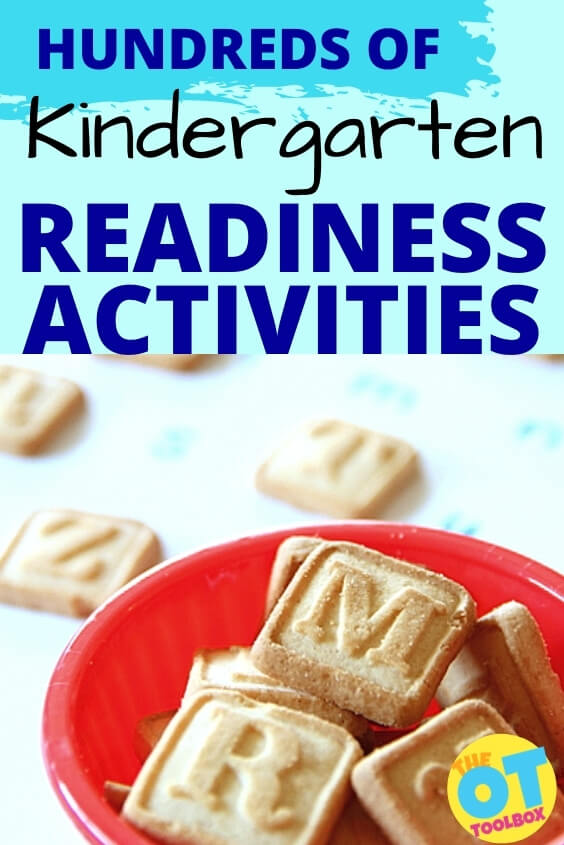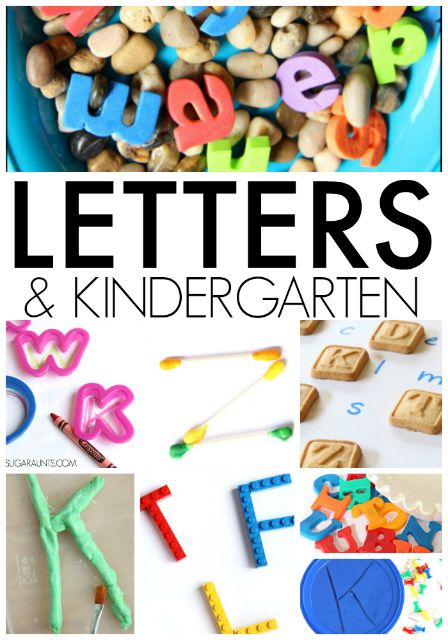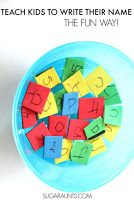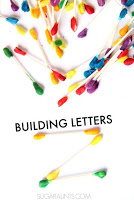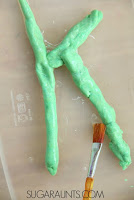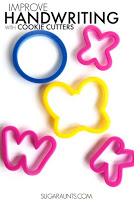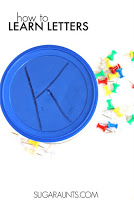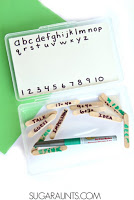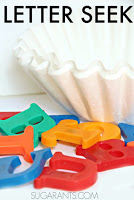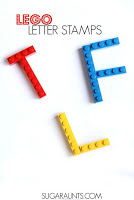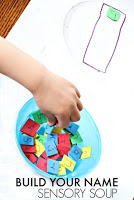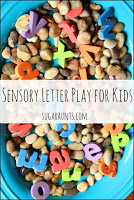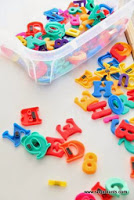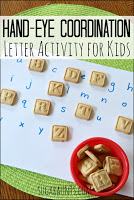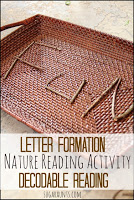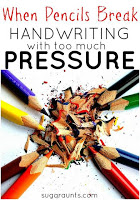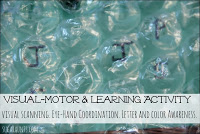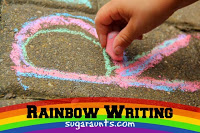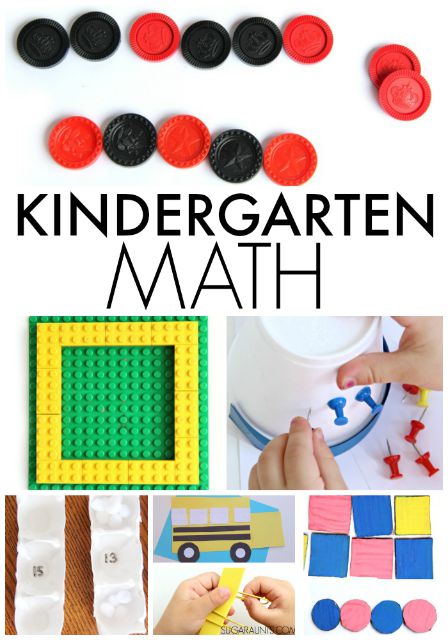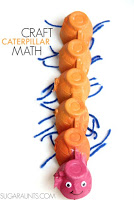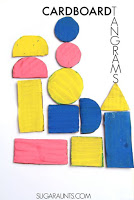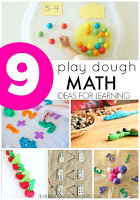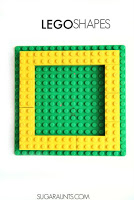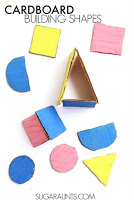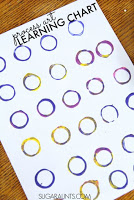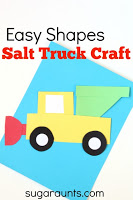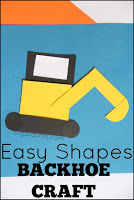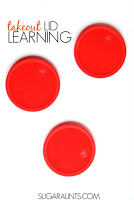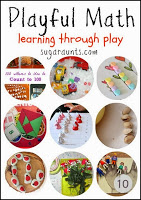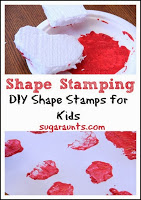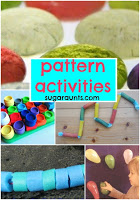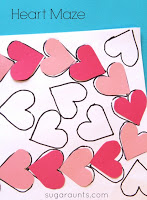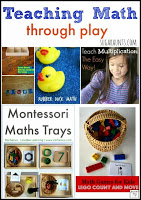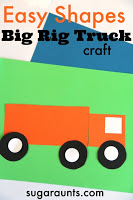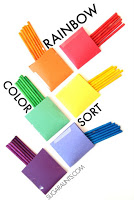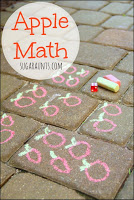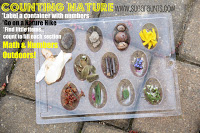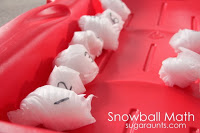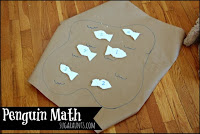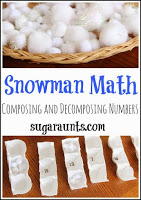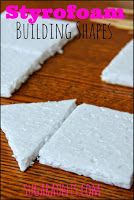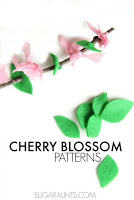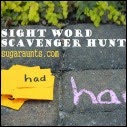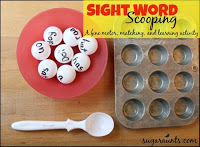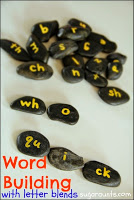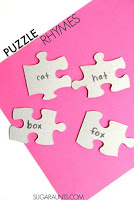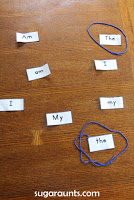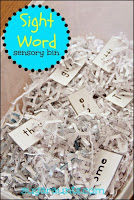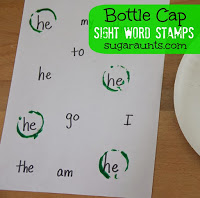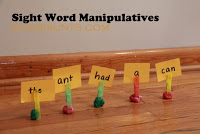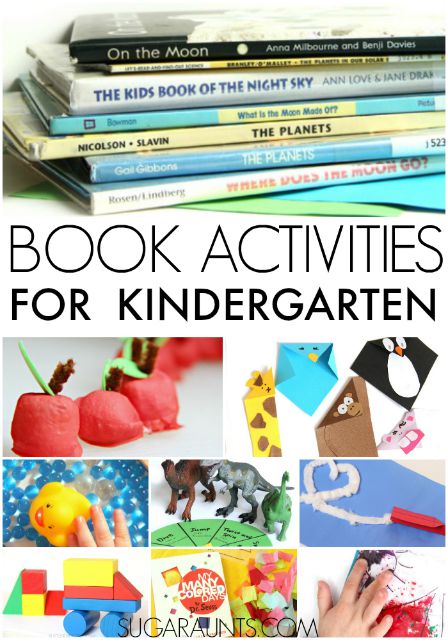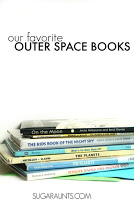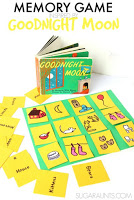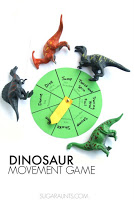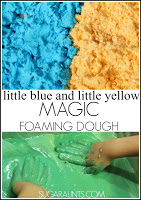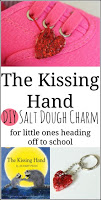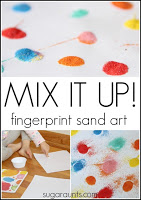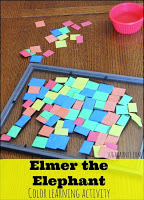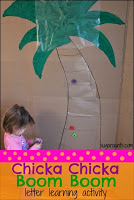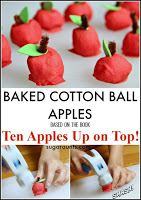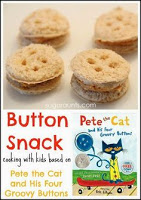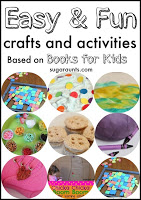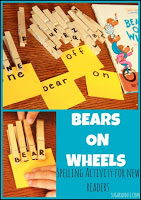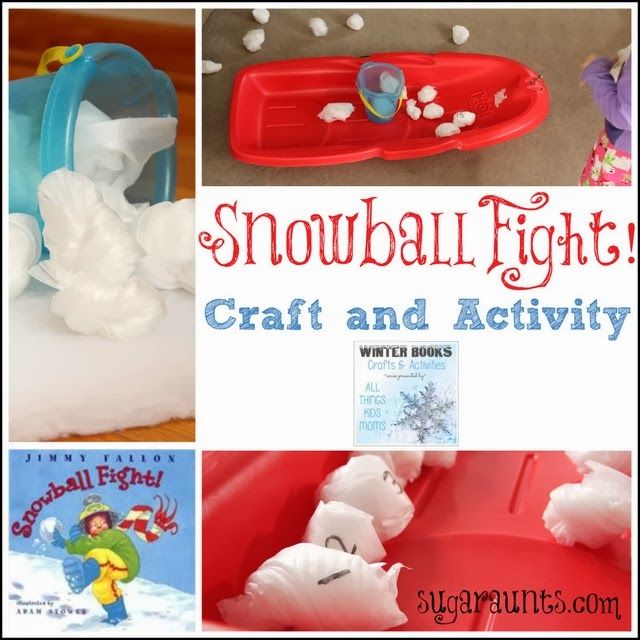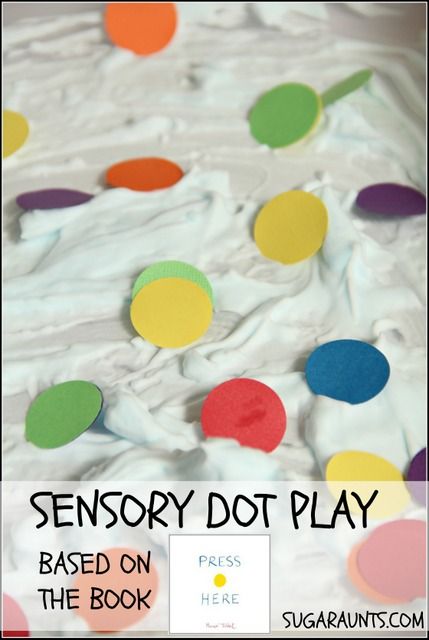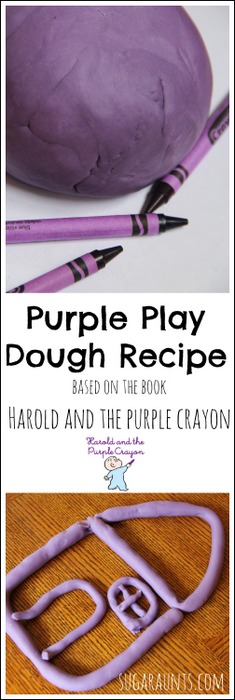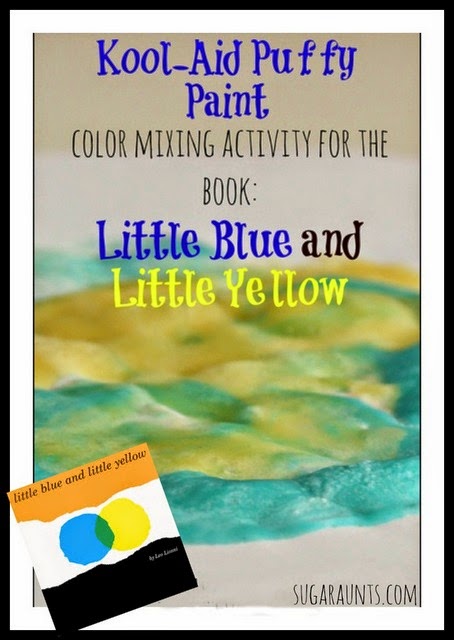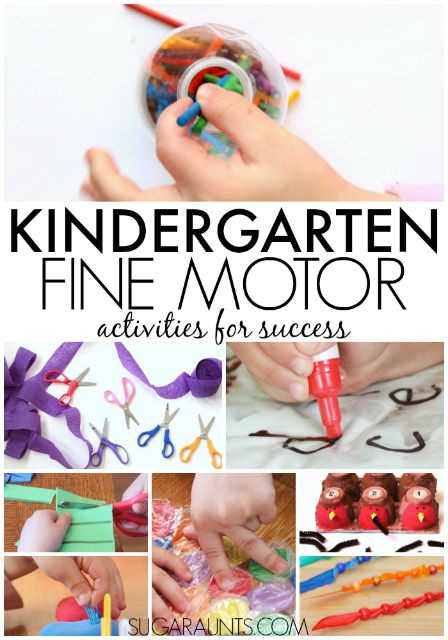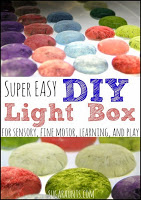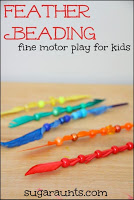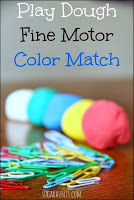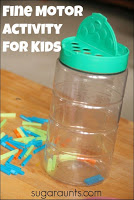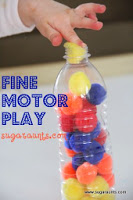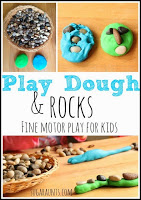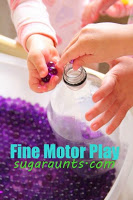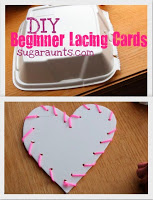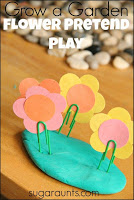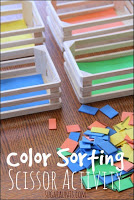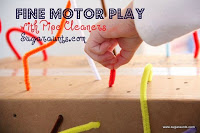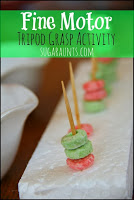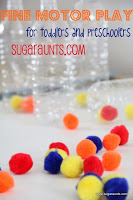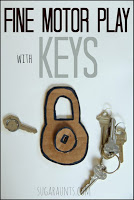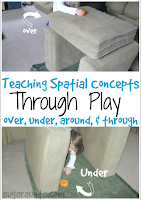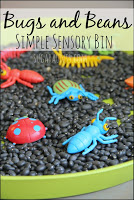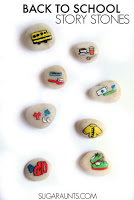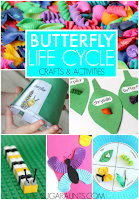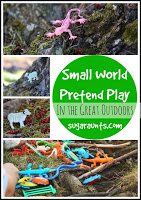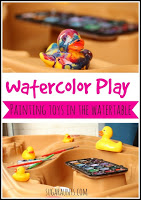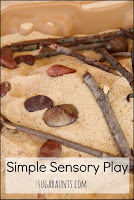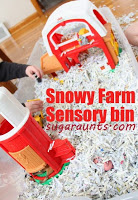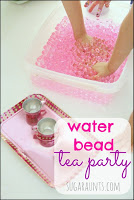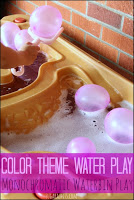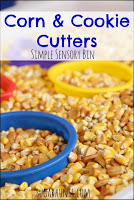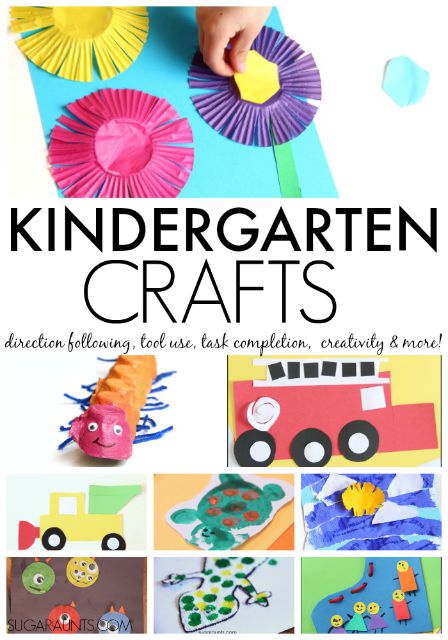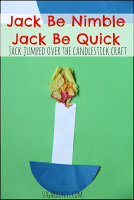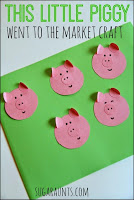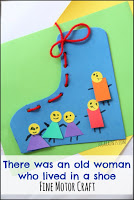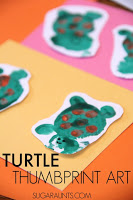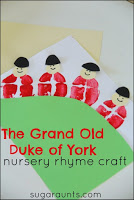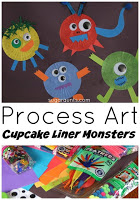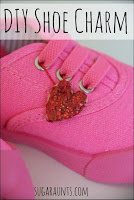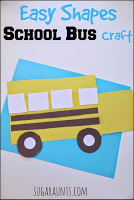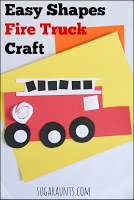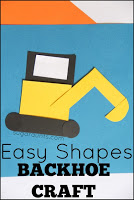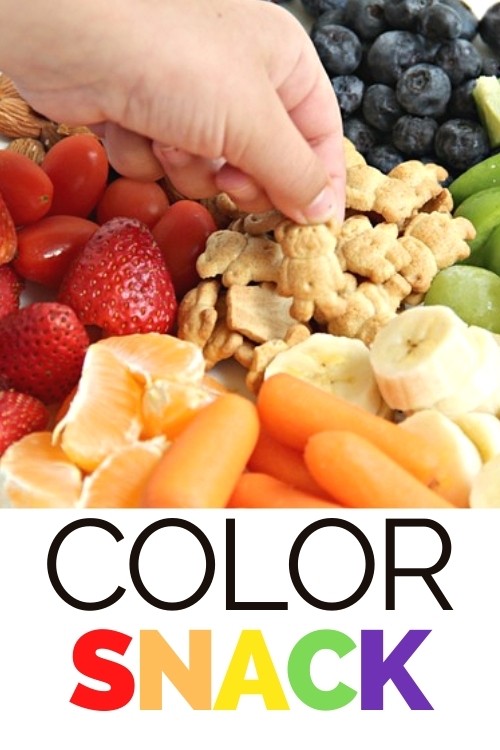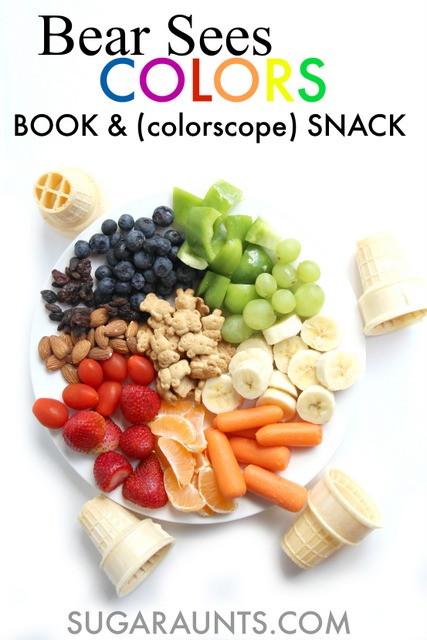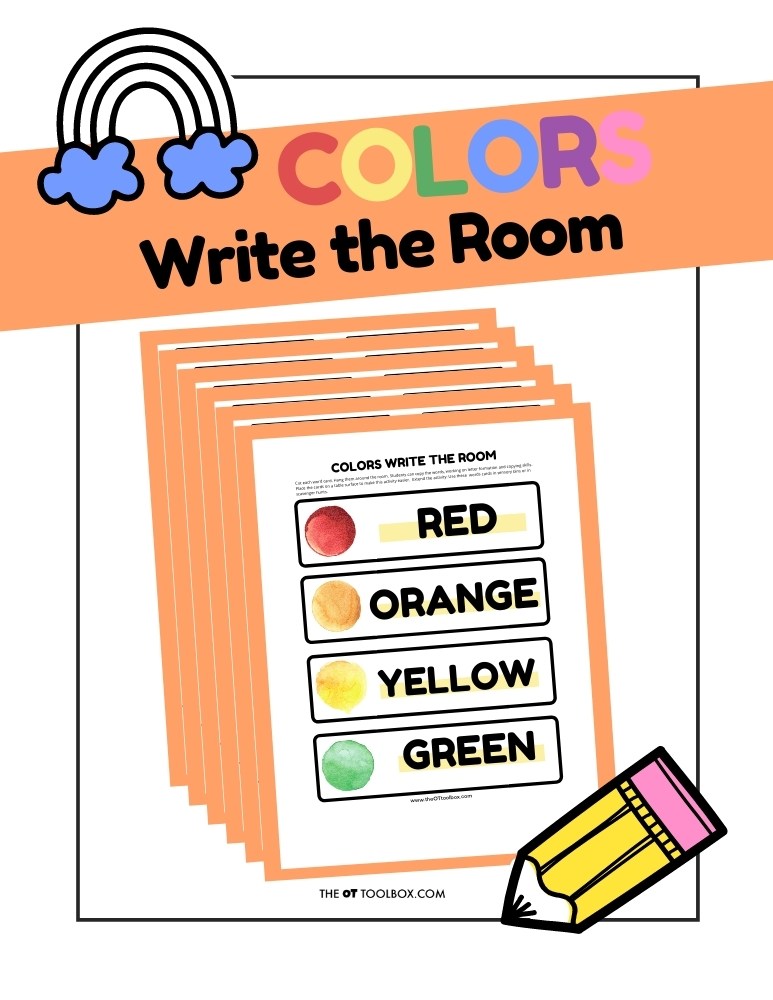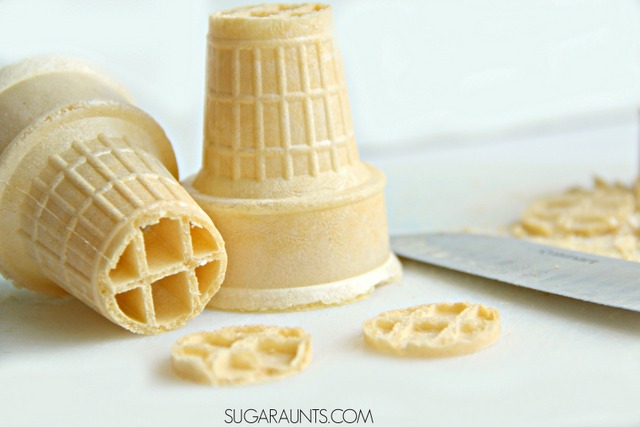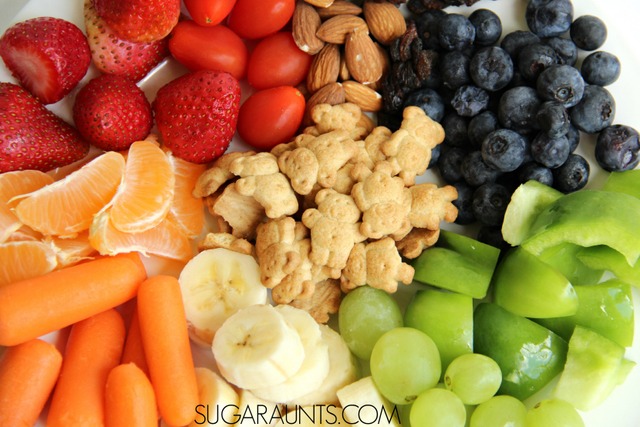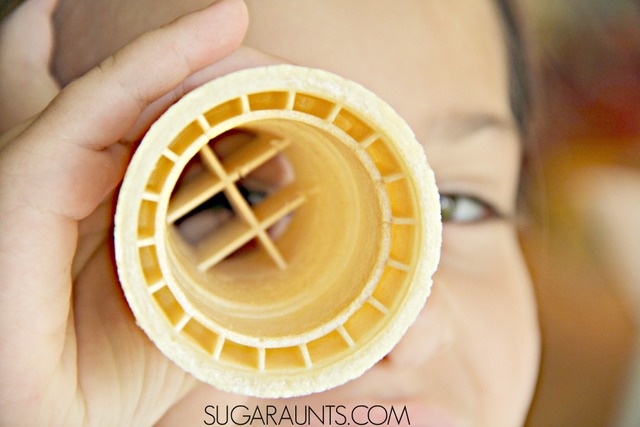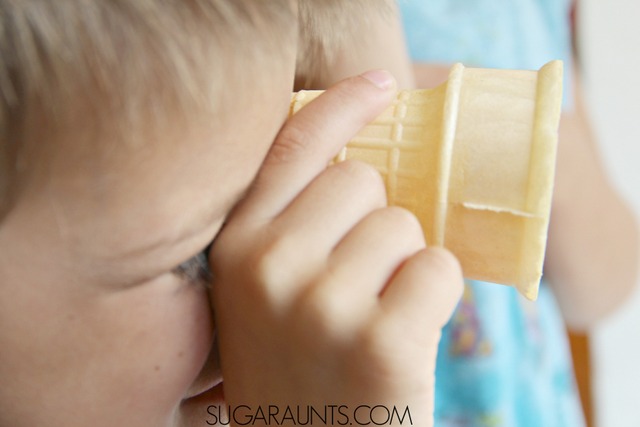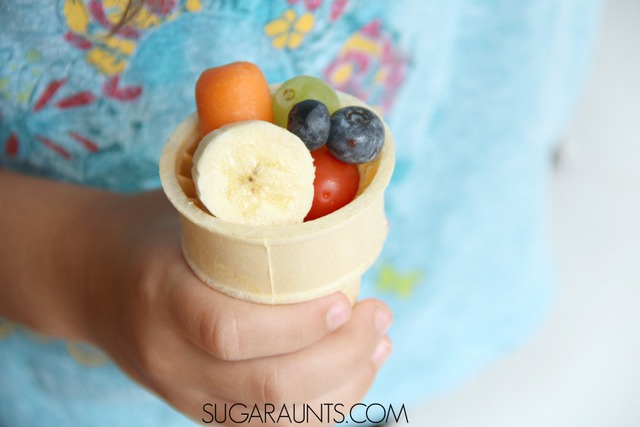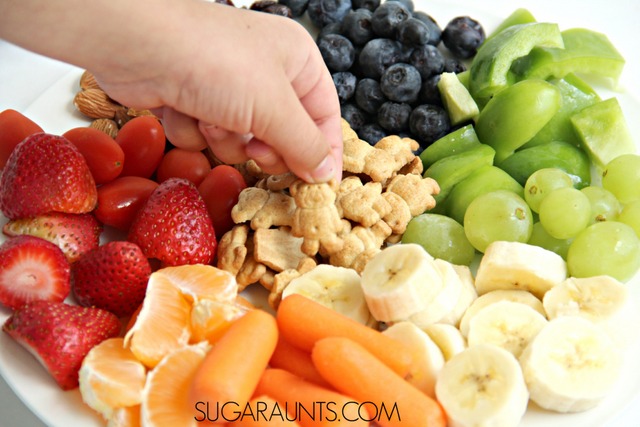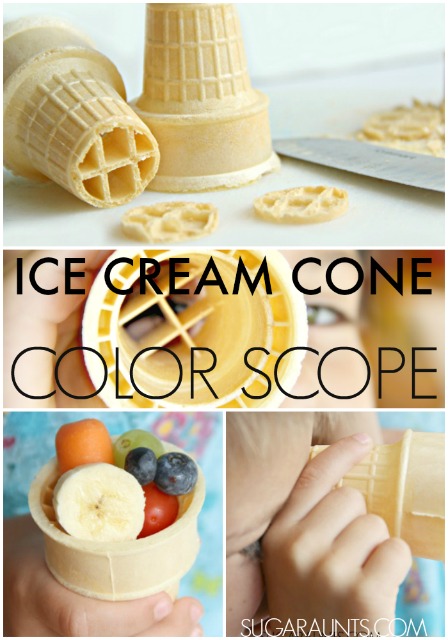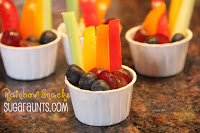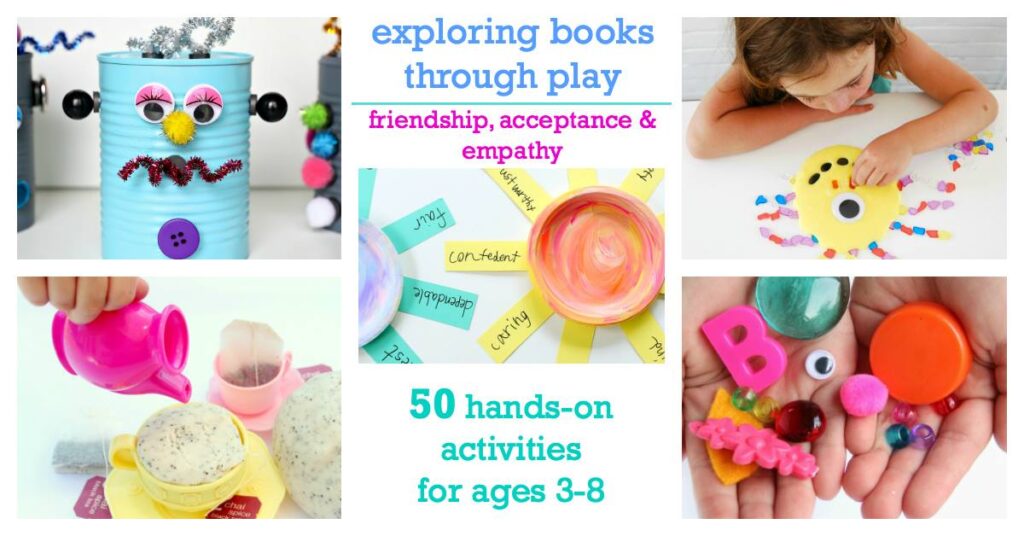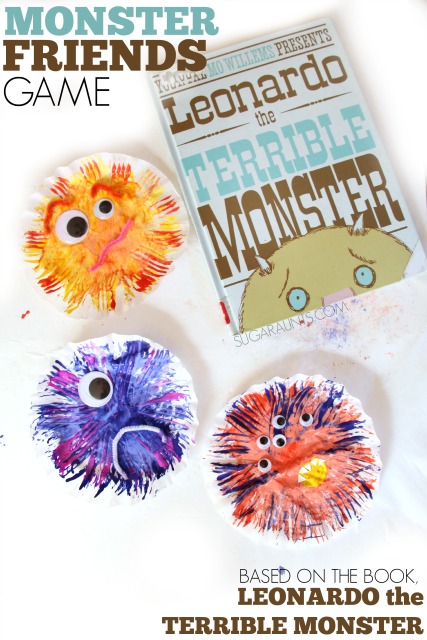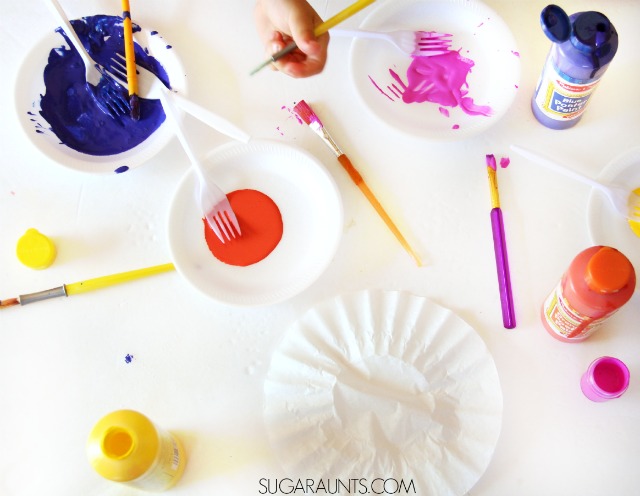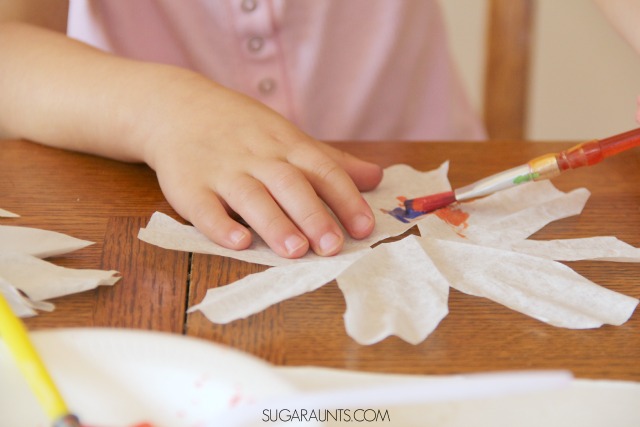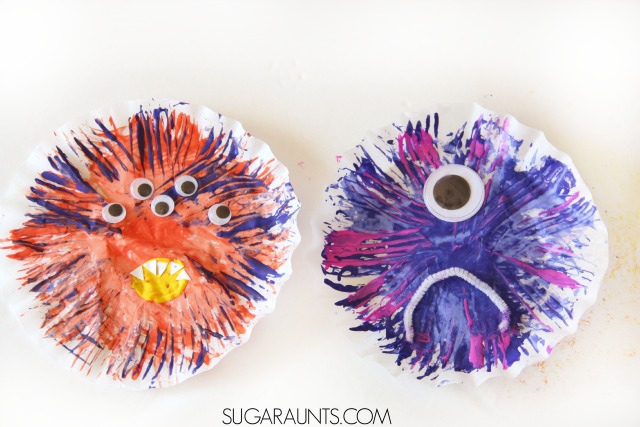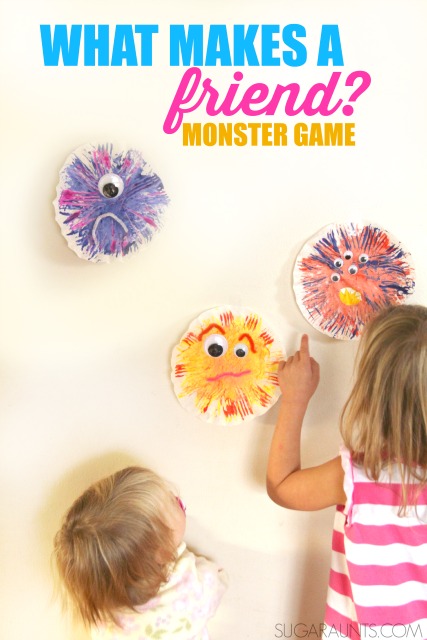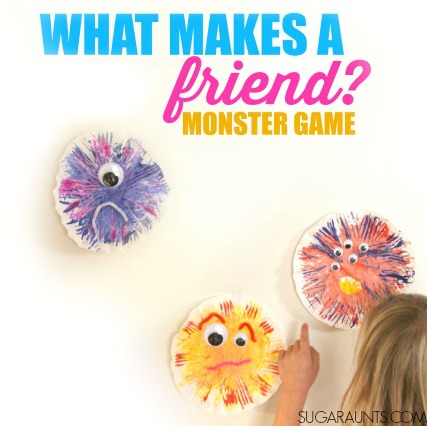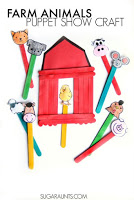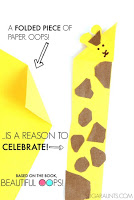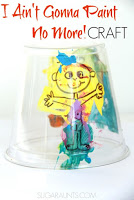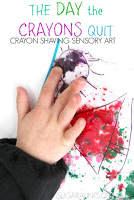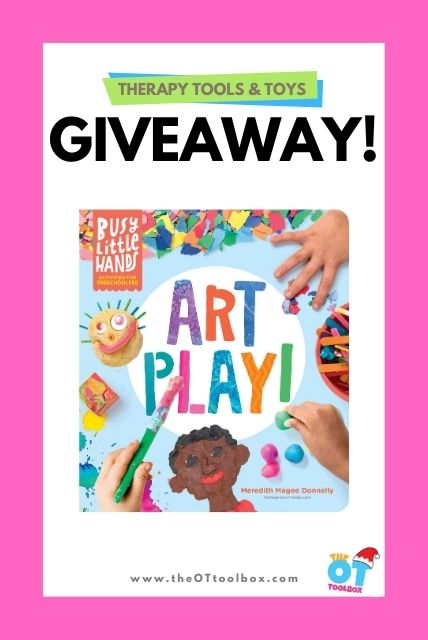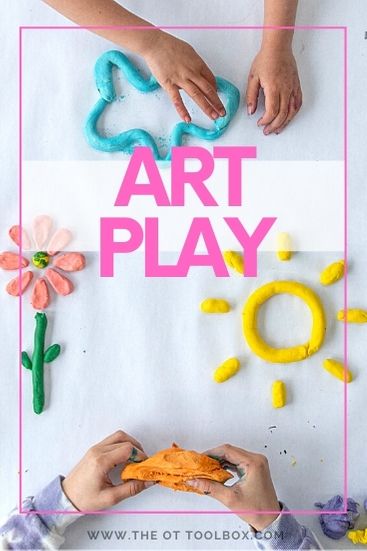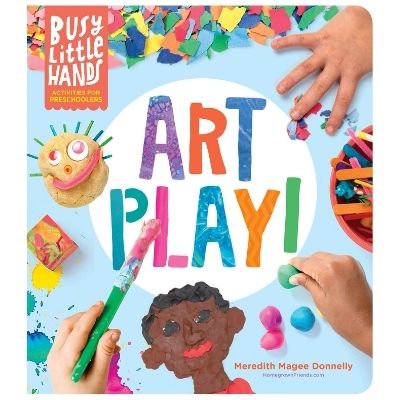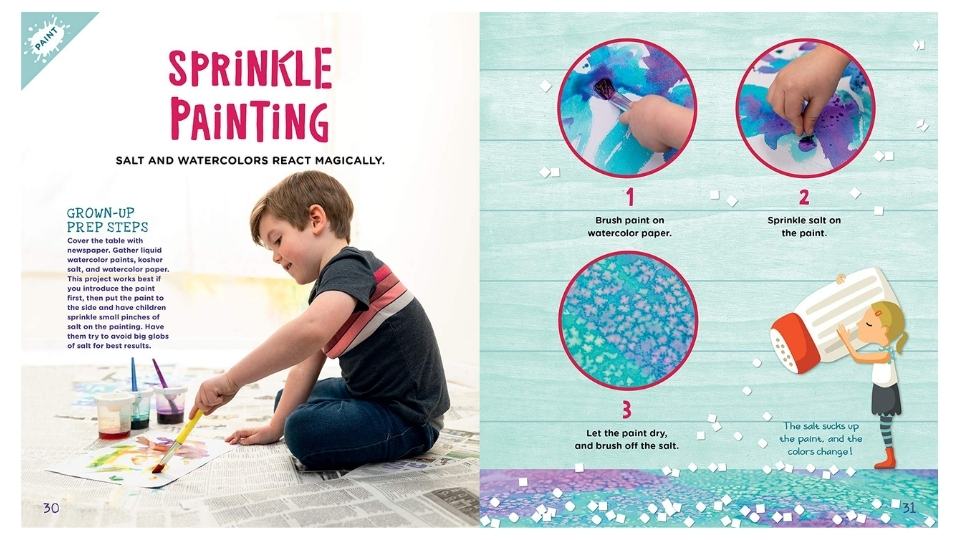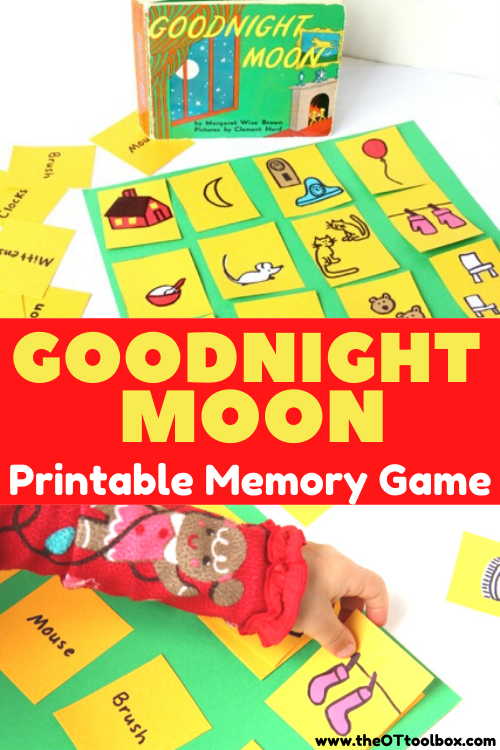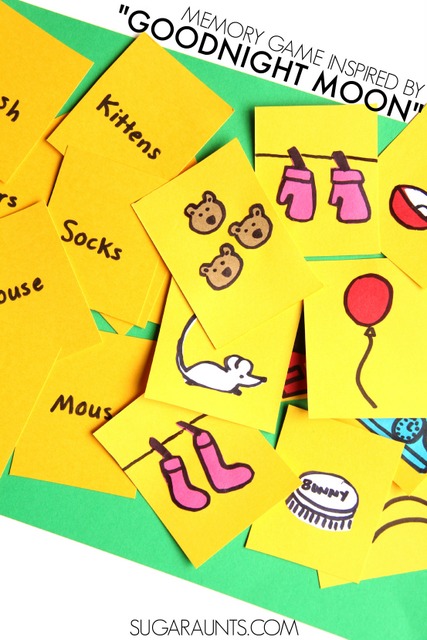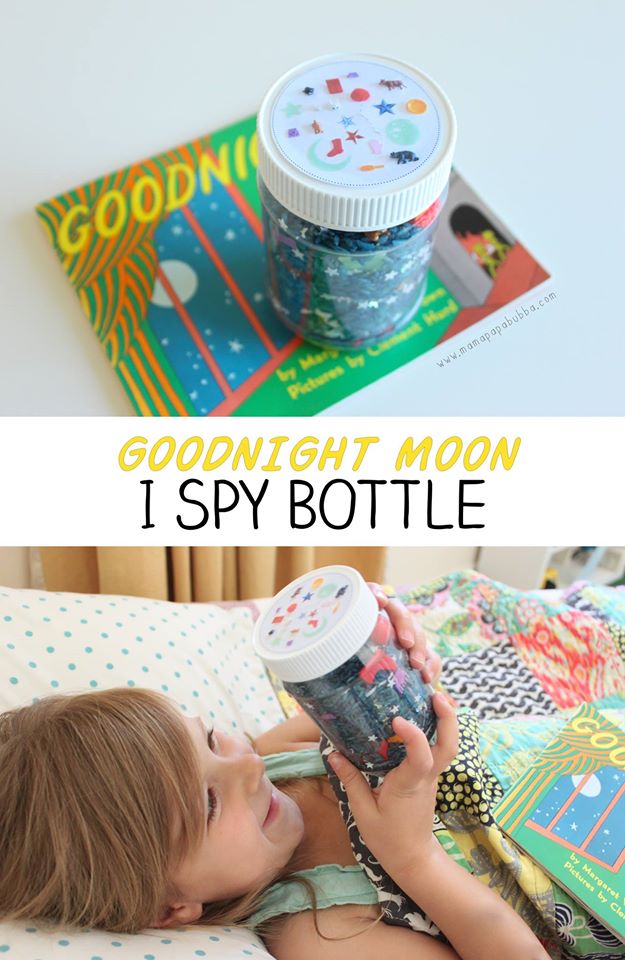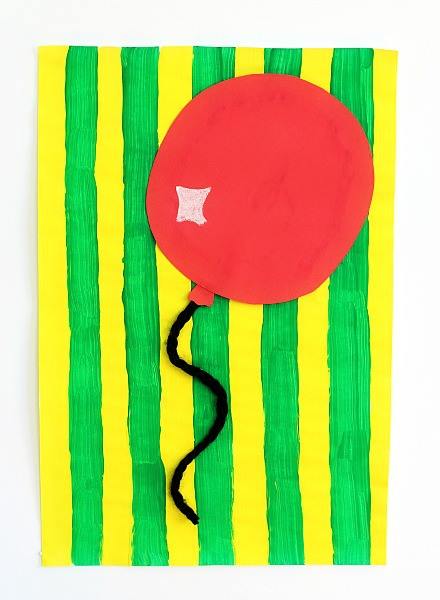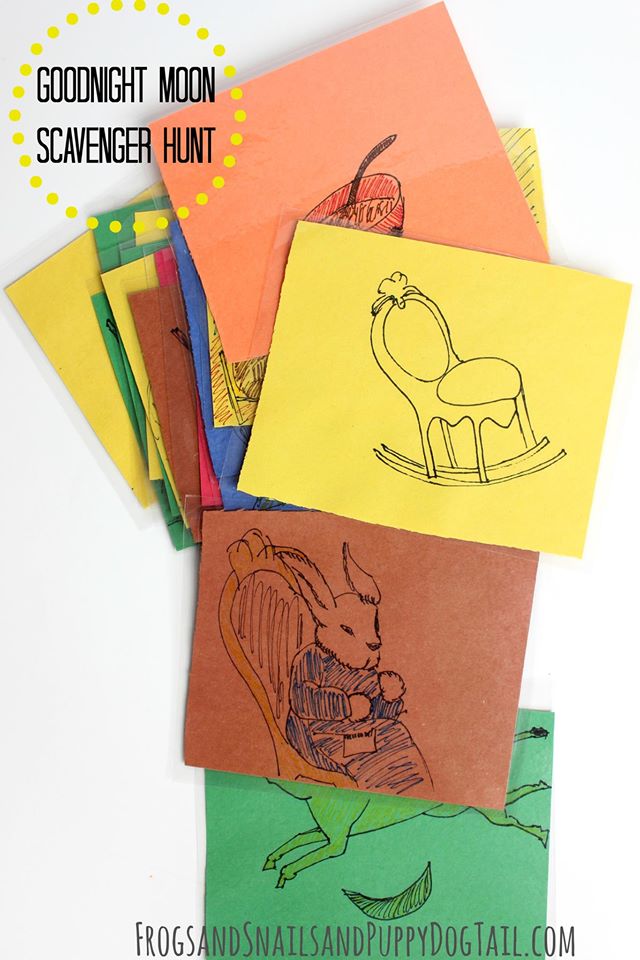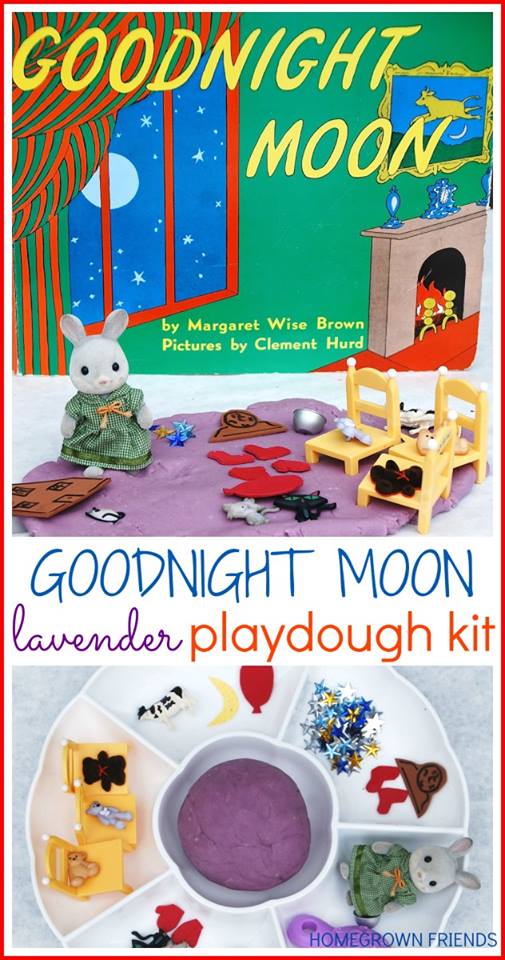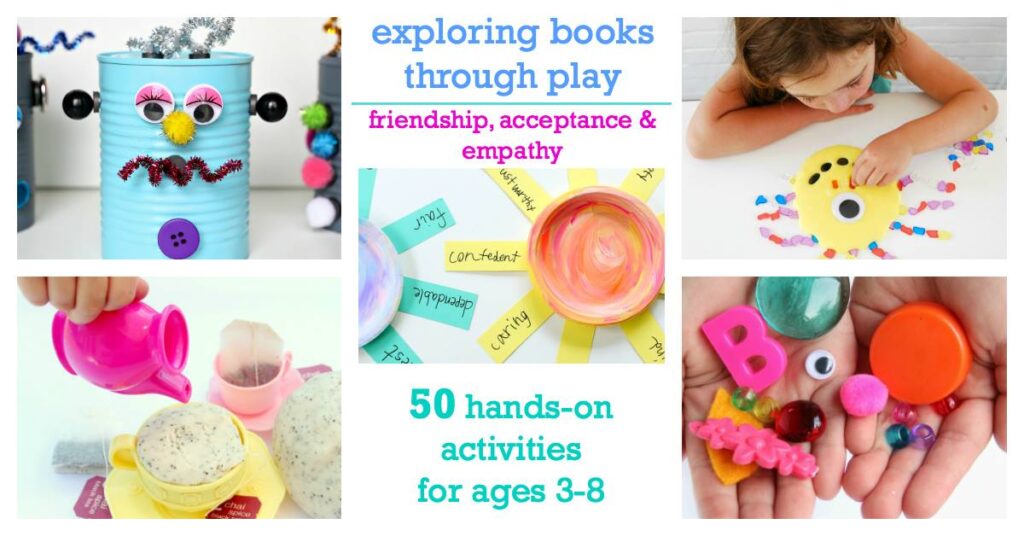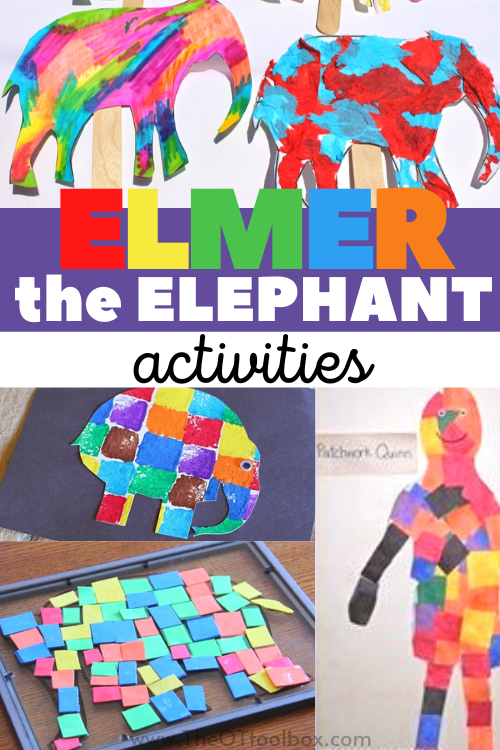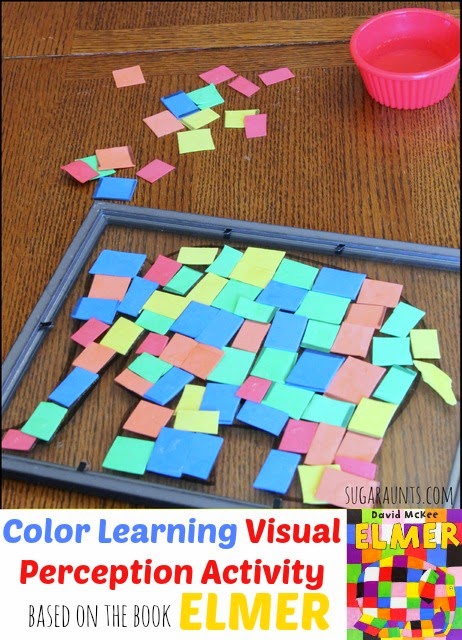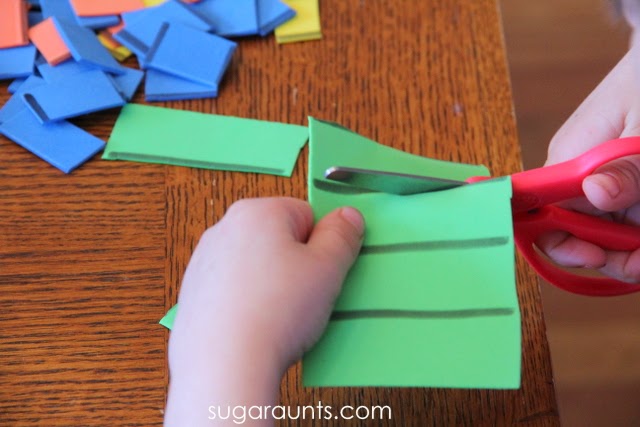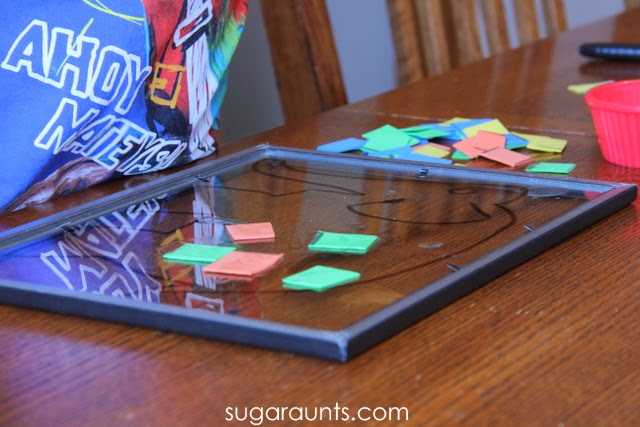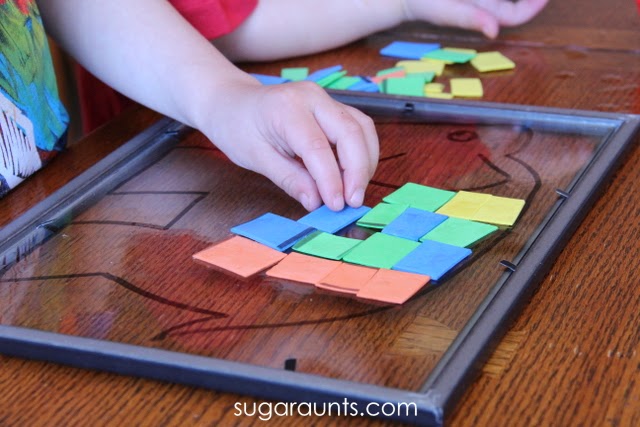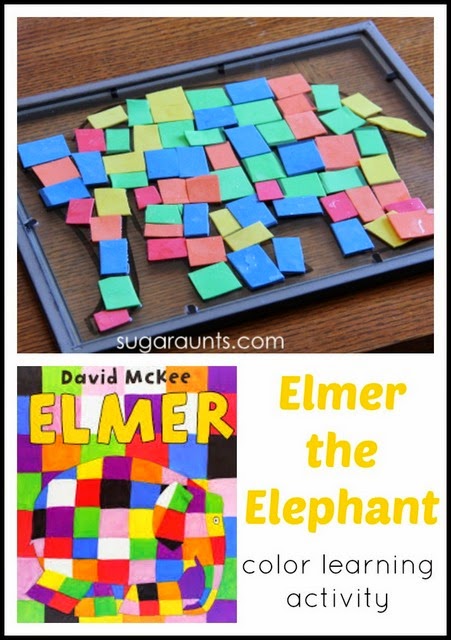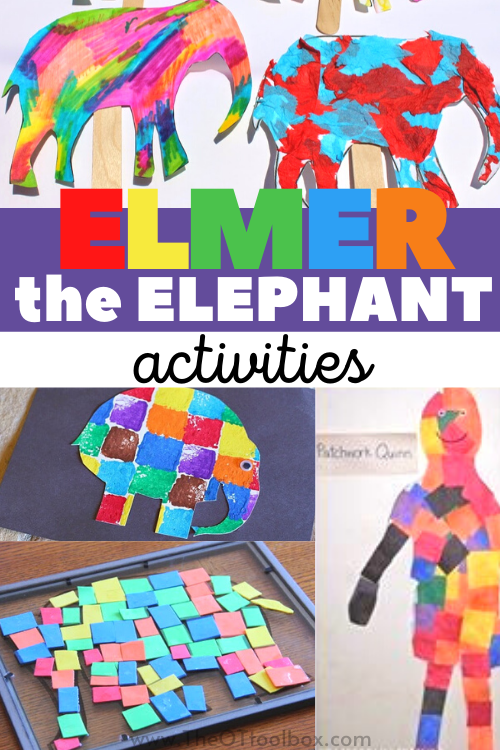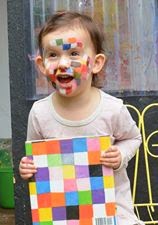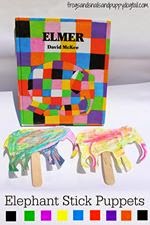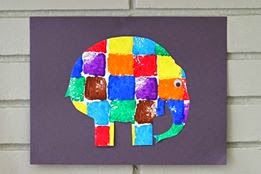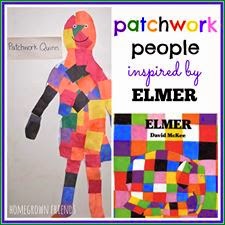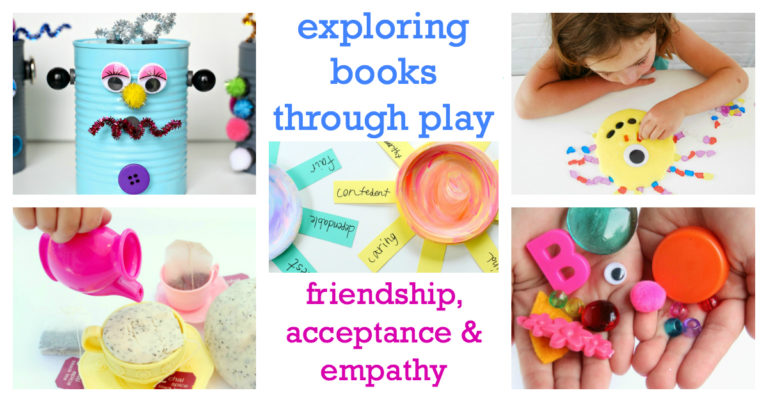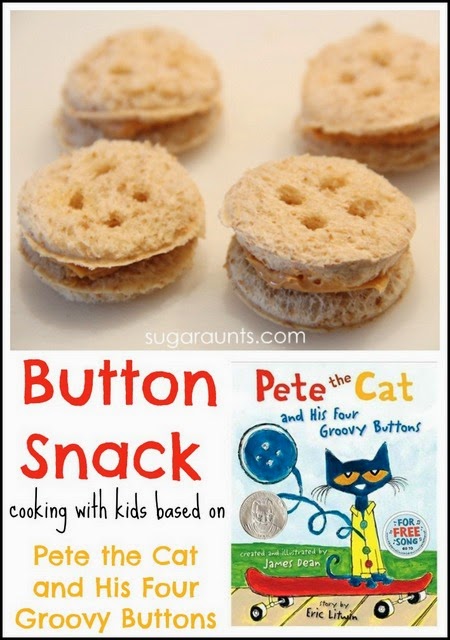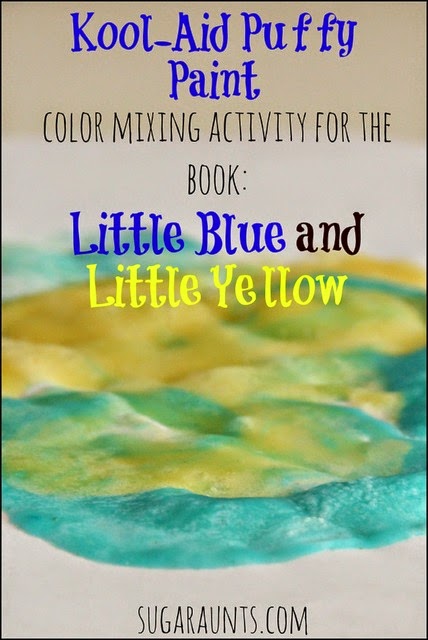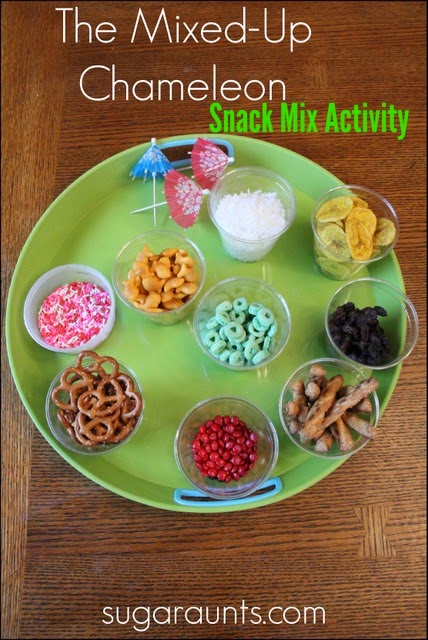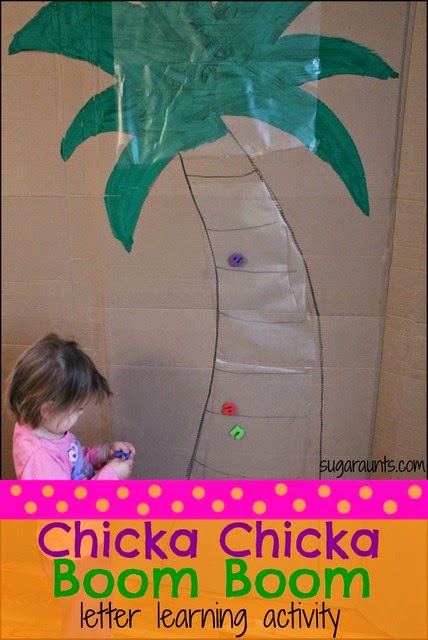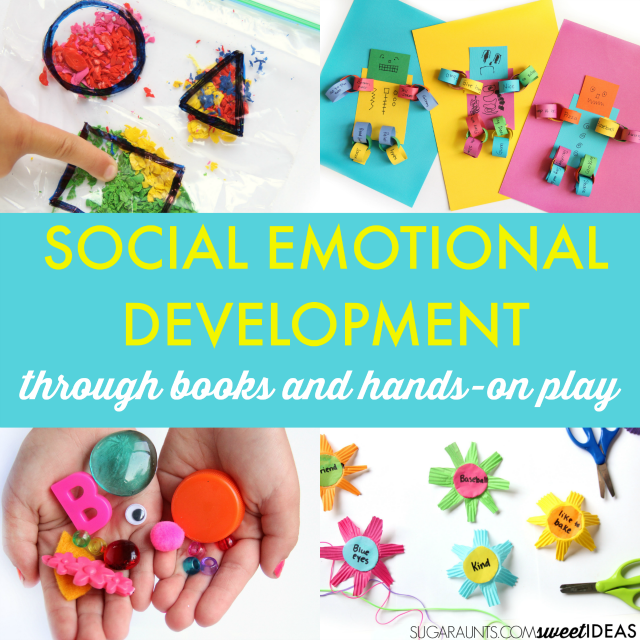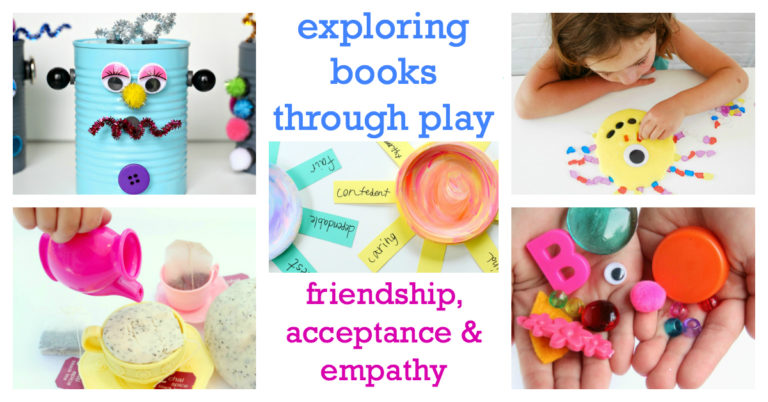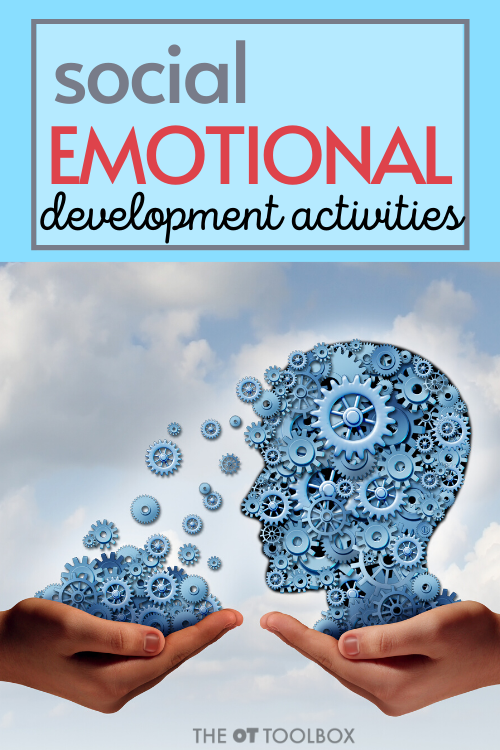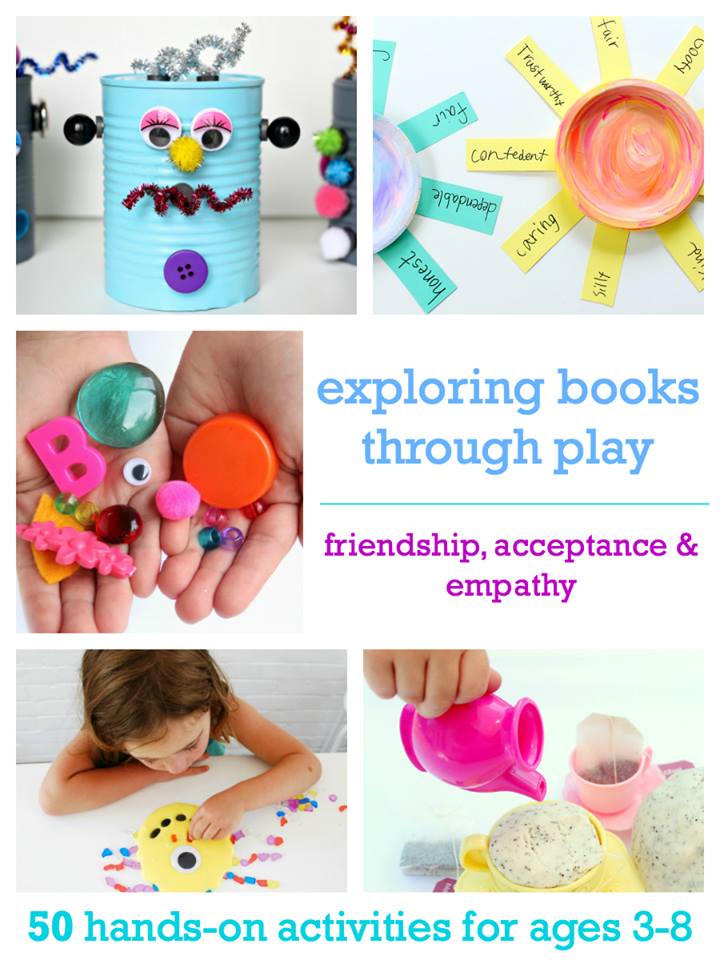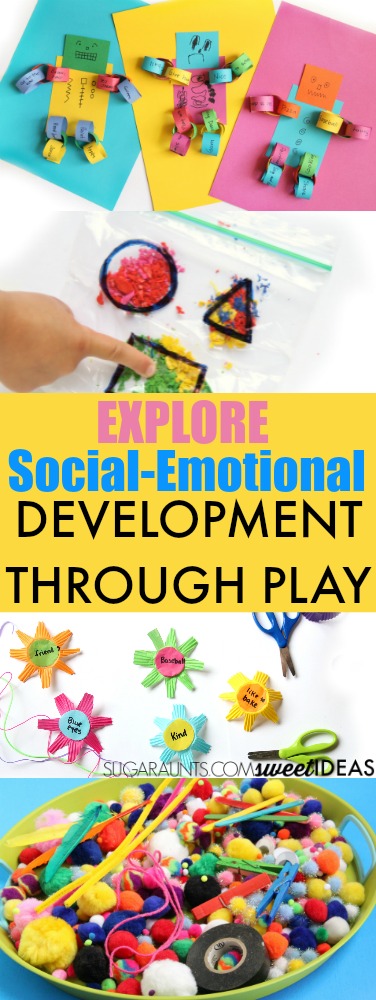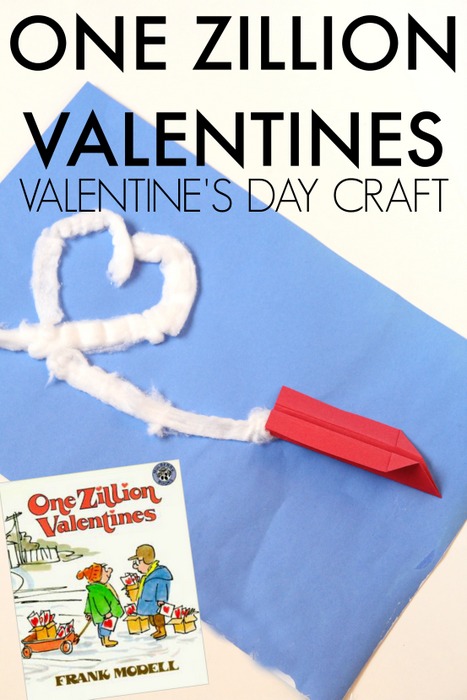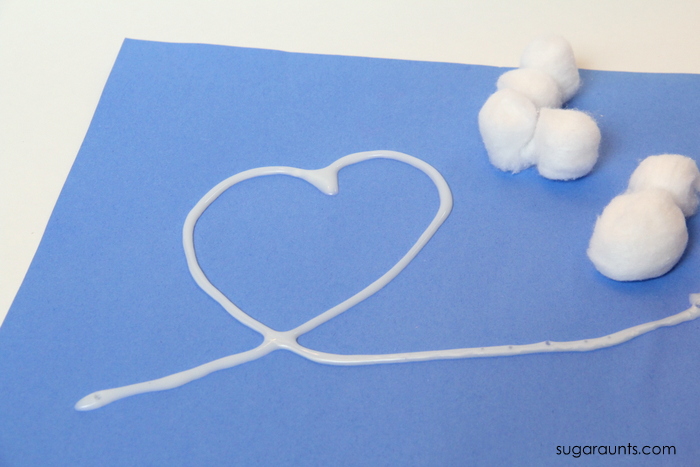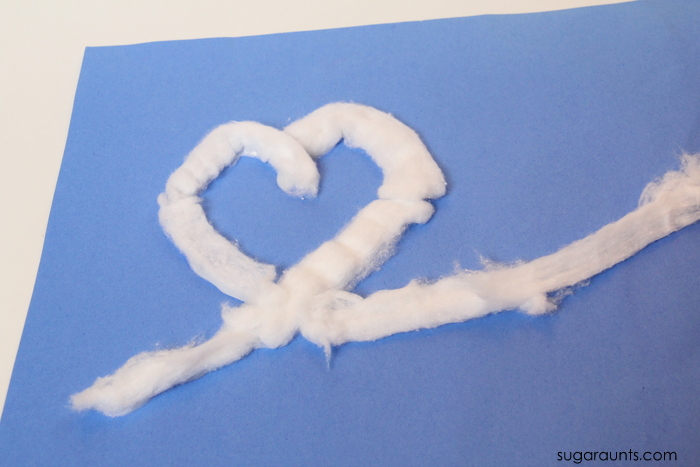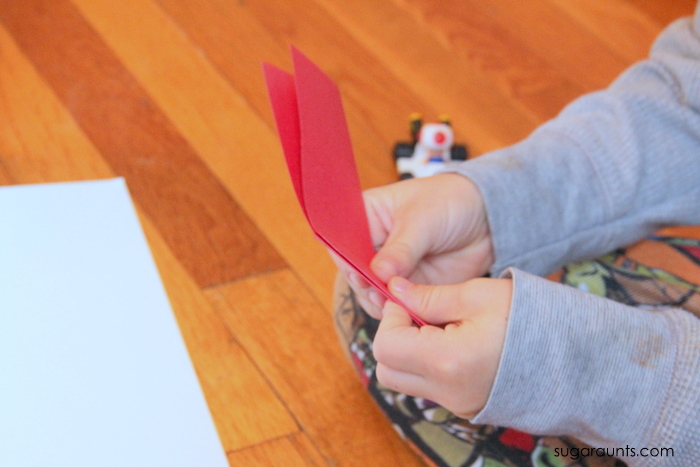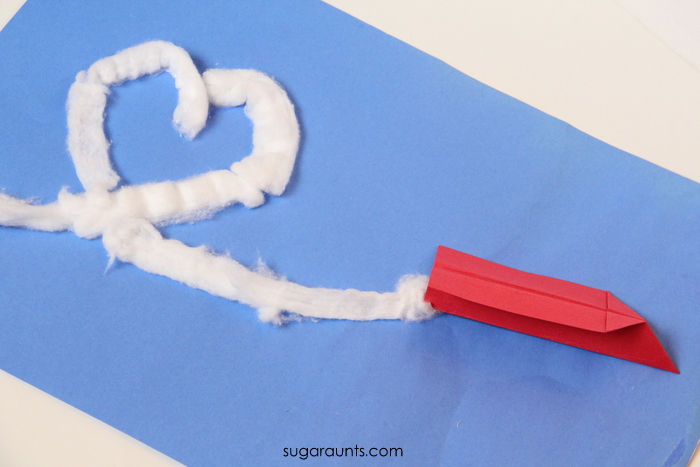Here we are covering tons of Children’s Books for Zones of Regulation. These are self-regulation books for kids that reinforce the concepts from the Zones of Regulation program for self-regulation and self-modulation. These books pair well with the concepts in the popular self-regulation program and go very nicely with the hands-on Zones of Regulation activities that we have here on the website.
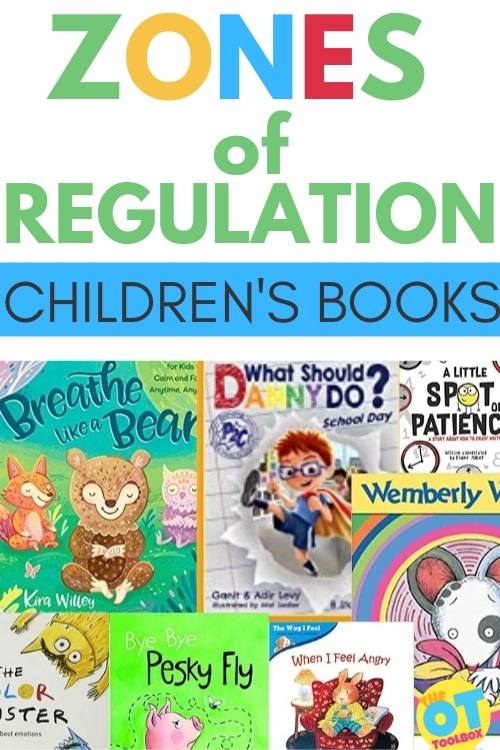
Children’s Books for Zones of Regulation Program
Identifying emotions can be difficult for some children. Recognizing an emotional state, identifying it within themselves, and then learning strategies for self-regulation are all needed for gaining emotional control. As parents, therapists, and teachers we can and should help young children understand and identify their feelings and help them gain ways to communicate their feelings appropriately to others.
Using age-appropriate books are a perfect tool to assist when helping children learn about emotions.
There are books to help children identify and recognize emotions and to help children discover and learn self-regulation and coping strategies which can help them develop emotional control and maturity within themselves.
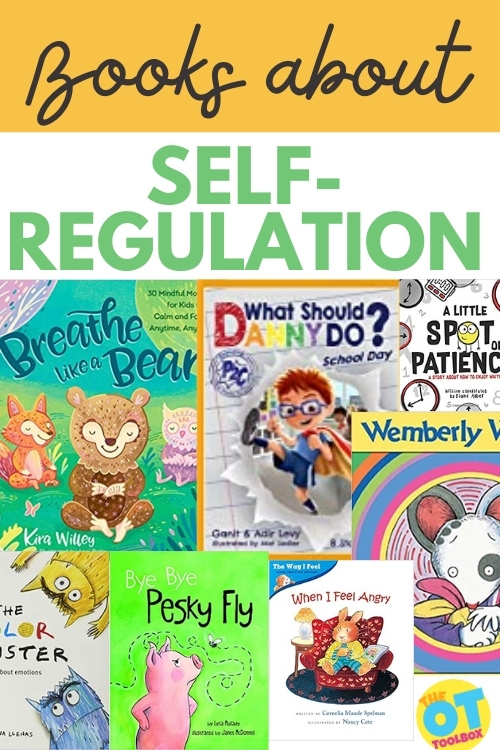
Self-Regulation Books
There is a vast library of books to help and many of these can be easily used as a supplemental tool coupled to the curriculum or programs you already have in place. For the purposes of this post, the books listed here are utilizing the Zones of Regulation™ curriculum as a backdrop. Simply stated, the Zones of Regulation™ curriculum is a color coded, four zone program which is designed to help children navigate their confusing feelings.
The books in this post are favorites of therapists, teachers, counselors, and parents as they have used them frequently with the children in their worlds. Through these books children will learn to identify emotions and begin to relate their own feelings and emotions to the characters within the books. They will learn techniques and strategies to calm and regulate as they deal with the overwhelming strong feelings they experience in their daily lives.
Amazon affiliate links are included in this post.
Self-Regulation Books: Books for the Red Zone
RED ZONE books are those books that have topics such as anger, devastation, elation, explosive behavior, feeling terrified, or hands-on physical reactions such as hitting or kicking, or maybe even yelling.
The following red zone books are popular among teachers:
Lifetimes: The Beautiful Ways to Explain Death to Children – This book is perfect for children of all ages when the death of a loved one has occurred or is about to happen. It explains with sensitivity and caring in a beautiful way about the cycle of life and helps a child to understand that all living things have their own lifetimes.
Llama Llama Mad at Mama – This book is when Little Llama gets really tired and overwhelmed and has a meltdown when running errands with his mom. With Mama Llama’s guidance, they clean up the mess and find different ways to make the errands more enjoyable. Pair this book with a hands-on activity like our Llama Llama Red Pajama heavy work activity that offers great calming proprioceptive input.
When I Feel Angry – This book explains how different things can make you feel angry, and this is an acceptable feeling; however, it is what you do when you get angry that matters most.
When Sophie Gets Angry – Really, Really Angry – This book explores the very upsetting feeling of anger and emphasizes that everyone gets angry sometimes. The main character, Sophie, gets really, really angry and kicks, screams, and roars, and then runs into the woods to climb a tree and calm down, she later returns home to her loving family where things are calm and back to normal.
Self-Regulation Books: Books for the Yellow Zone
YELLOW ZONE books are those books that have topics such as feeling anxious, excited, frustrated, grumpy, nervous, scared, being silly or wiggly, or feeling worried.
The following yellow zone books are popular among school counselors:
Bear Feels Scared – In this cute and compassionate book, Bear gets scared by bad weather and gets lost in the woods. After worry from his friends, they find him and help him to calm his fears. A book that tells a story about fear and reassurance that things do get better.
Bye Bye Pesky Fly – This is a cute little book about Pig and Fly who end up teaching children how they can deal with situations in relationships that annoy or frustrate them in a kind way.
Grumpy Bird – This is a fun little character book about Bird who wakes up with the grumpies and when he goes on a walk to shake them off, his friends join in and soon he discovers that exercise and the company of friends can help him shake off his grumpy mood.
Wemberly Worried – This sweet book is about the mouse Wemberly who worries about everything and after she makes a new friend at school she begins to worry less and less. It’s a cute book that shows children that by facing the anxiety it can get better. It’s an entertaining and reassuring book that shows how anxieties can lessen over time.
Self-Regulation Books: Books for the Green Zone
GREEN ZONE books are those books that have topics such as feeling calm, content, focused, happy, proud, ready to learn, and thankful.
The following green zone books are popular among educators:
I Am Thankful – This is a special, rhyming book that follows three diverse families as they celebrate the Thanksgiving holiday with their own traditions, acts of kindness, and demonstrating the ways they give back to others.
I Feel Happy: Why do I feel happy today? – This is a sweet book that teaches young children the feeling of happiness and how sometimes it feels loud and other times it may feel calm. The main character who is a sunshine name Happy, teaches children how being happy feels in the body and what it may look like on the outside.
Marvelous Me: Inside and Out – This book encourages children to enjoy the things that make them unique and feel proud of who they are! It’s a cute book about a young boy who simply likes himself for who he is and all the things that make him special.
Self- Regulation Books: Books for the Blue Zone
BLUE ZONE books are those books that have topics such as feeling bored, depressed, disappointed, sad, shy, sick, or tired.
The following blue zone books are popular among parents:
Bored Claude – This cute book is about a shark feeling gloomy and bored. His friends are busy doing things, but Claude isn’t interested in doing what they want to do as he thinks it’s boring. He comes up with a brilliant idea for something that everyone can do together.
I’m Sad – This book is about Flamingo who talks about feeling sad and his friends who try to cheer him up, but nothing seems to work. Flamingo learns he will not always feel this way and sometimes just being a friend means you just support by being there and you don’t have to try to cheer someone up.
When Sophie’s Feelings Are Really, Really Hurt – This is a book about how Sophie’s feelings get really hurt in school when the class laughs at her painting making her feel sad and disappointed, but when she explains her painting to everyone, they understand what she is trying to do.
More Self-Regulation Books
ALL ZONES books are those books that include all of the emotions. These books are popular among most professionals and parents:
Glad Monster, Sad Monster – This little brightly colored book shows monsters acting out different emotions and things that could trigger them.
The Color Monster – This is a fun concept book for children when the Color Monster wakes up feeling many emotions all at once. The book helps children to identifying emotions and learn how to feel more in control.
The Feelings Book – This bright and colorful book talks about how we all feel different emotions sometimes.
The Pigeon Has Feelings, Too! – Every young child knows about Mo Willem’s Pigeon and those famous temper tantrums, but this book is about more emotions and The Pigeon makes it more engaging while getting kiddos talking about emotions.
The Way I Feel – This is a comprehensive book about multiple emotions with fun rhyming text that makes it fun to read aloud.
Additionally, GREEN ZONE books are those books that have strategies or techniques for teaching self-regulation and coping skills resulting in children achieving feelings within the green zone. These books are popular among most all professionals, but more directly, among pediatric OT practitioners:
A Little Spot of Patience – This is a cute little book about learning to enjoy waiting! What? Children can actually learn to enjoy waiting? Yes! This cute book presents ideas of how to pass the time and tells why waiting can make some things better.
Breathe Like a Bear – This is a beautiful book with mindfulness exercises designed to teach children strategies and techniques for managing their breath, bodies, and emotions. It has 30 short breathing movements that can be performed anywhere and anytime.
Even Superheroes Have Bad Days – This is a fun action-packed book with wonderful rhyming text making it a fav among children because what child doesn’t like superheroes! This book reveals many ways that superheroes (and children) can resist the temptation to cause a scene when they feel extreme emotions. It teaches many fun ideas to help children cope with strong feelings and emotions
when they feel overwhelmed.
How to Be a Superhero Called Self-Control! – This is a gem of a book for pediatric occupational therapy practitioners as it uses Self-Control, a superhero, who wants to teach children some very special super powers for self-control in learning to deal with anger, anxiety, frustration and other strong feelings. Several strategies such as the use of deep pressure, self-massage, breathing exercises, and other activities are a part so that children can learn to find their own personal peaceful place. Really an OT gem!
The Impulse Control Journal– This printable workbook is a huge resource when it comes to mindfulness, mindset, impulses, habits, and making choices. There are lists to write out goals, and areas to draw to get kids thinking on how to address regulation needs. This tool is great for impulse control, but covers many other areas as well, including helping kids come up with strategies for self-regulation.
I Can Do That: A Book on Self-Regulation – Another pediatric OT practitioner gem! This book is told through rhyming text from a child’s point of view and helps children to learn self-regulation techniques by effectively practicing ways they can control their own emotions and actions when they start becoming dysregulated. A great book for children with a sensory processing disorder!
My Mouth is a Volcano! – This is an entertaining book that takes an empathetic approach to teaching children the value of respecting others and listening while waiting for their turn to speak. The character in the book has habit of interrupting others and the book teaches a witty technique to help children learn to manage all of their thoughts and words.
My Magic Breath: Finding Calm Through Mindful Breathing – This interactive book helps to teach children to breathe along as they learn to make angry and sad feelings disappear. Do you have magic breath! Yes, I do! This book helps to guide children into a calm space of mindfulness.
My Magical Choices – Another beautiful book with rhyming text that engages children in learning about the choices they make. It teaches children about positive, conscious language while emphasizing a myriad of behaviors such as being responsible, calm, forgiving, and generous empowering them to be responsible for their own happiness.
The Kids’ Guide to Staying Awesome and In Control – Frankly, this book is jammed full of simple ideas to regulate the emotions and senses helping children to tackle different feelings full force and feel awesomely strong and in control. Can I say another pediatric OT gem here? Some examples of strategies and tools include: breathing, deep pressure holds, finger pulls, use of fidgets, headphones,
and chewing gum. Children learn to use these to help them feel calm, cool, and AWESOME!
What Should Danny Do? – This is a creative and interactive book that gives the reader choices of what Danny will do in a dilemma in order to navigate the stories within the book. This empowers the reader to make positive choices while demonstrating the natural consequences to negative selections helping children to understand that the choices they make help to impact their day.
What Were You Thinking: Learning to Control Your Impulses – This is a great older kid’s book addressing the teaching of impulse control. The main character, Braden, has trouble controlling his impulses and has poor decision-making skills, resulting in ill-timing, disruptive behaviors, and impulsive reactions which impact others around him. The adults in the story must teach Braden impulse control through lessons shared by his teachers and his mom.
You Get What You Get – This is a very relatable book for some children as the main character, Melvin, throws a fit when he doesn’t get what he wants. The book depicts how he must learn to deal with his strong feeling of disappointment – an important life lesson – “you get what you get and you don’t throw a fit”!
Through these books, many children will learn about emotions, understand that others feel the same way, and will learn techniques and strategies to deal with these strong feelings in their daily lives.
It is important to emphasize to all children that there are no “good” or “bad” emotions as we all experience them and that all emotions are okay to feel, but it is important to learn how to manage our emotions for overall health and well-being.
When children learn to identify emotions and what can trigger them, they can learn effective coping strategies and build a strong emotional foundation allowing for improved social skills and increased self-esteem and self-confidence.
Finally, using self-regulation books like the ones above are great tools to incorporate into therapy sessions or to send home as recommended reading for families. This is one specific intervention strategy for targeting self-regulation IEP goals.

Regina Parsons-Allen is a school-based certified occupational therapy assistant. She has a pediatrics practice area of emphasis from the NBCOT. She graduated from the OTA program at Caldwell Community College and Technical Institute in Hudson, North Carolina with an A.A.S degree in occupational therapy assistant. She has been practicing occupational therapy in the same school district for 20 years. She loves her children, husband, OT, working with children and teaching Sunday school. She is passionate about engaging, empowering, and enabling children to reach their maximum potential in ALL of their occupations as well assuring them that God loves them!


